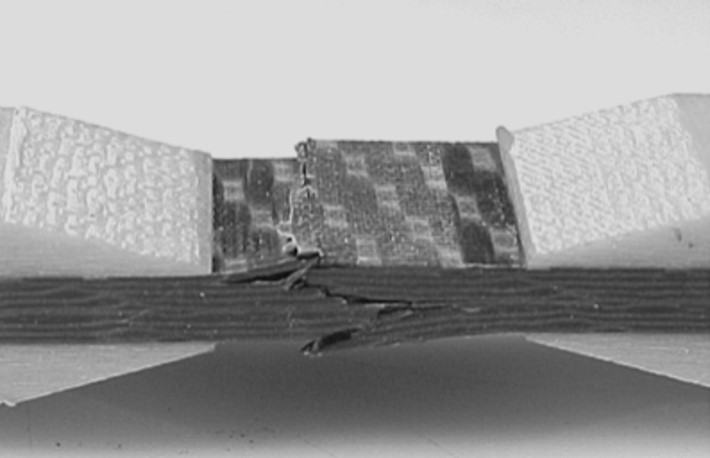
Introduction to Composite Material Testing
Composite materials are vital in various industries, including aerospace, automotive, and construction. Testing these materials ensures they meet the required standards for strength, durability, and safety.
Types of Composite Materials
Composite materials consist of two or more distinct components. These components combine to create materials with superior properties. Common types include carbon fiber, fiberglass, and Kevlar.
Importance of Testing Composite Materials
Composite materials testing is crucial for several reasons. It verifies the material’s performance, identifies potential failure points, and ensures compliance with industry standards.
Mechanical Testing Methods
Tensile Testing : Tensile testing measures the material’s resistance to tension. It determines the ultimate tensile strength, yield strength, and elongation.
Compression Testing : Compression testing assesses the material’s behavior under compressive loads. It helps identify the compressive strength and modulus.
Flexural Testing : Flexural testing evaluates the material’s ability to resist deformation under load. This test is essential for materials used in bending applications.
Impact Testing : Impact testing measures the material’s toughness. It determines how well the material can absorb energy during sudden impacts.
Non-Destructive Testing (NDT) Methods
Ultrasonic Testing : Ultrasonic testing uses high-frequency sound waves to detect internal flaws. It is a highly effective method for identifying defects without damaging the material.
X-Ray Testing : X-ray testing provides detailed images of the internal structure. It helps identify voids, cracks, and other internal defects.
Thermographic Testing : Thermographic testing uses infrared imaging to detect temperature variations. It can identify defects that affect the thermal properties of the material.
Environmental Testing Methods
Thermal Cycling :Thermal cycling exposes the material to repeated heating and cooling cycles. It assesses the material’s ability to withstand temperature changes.
Humidity Testing : Humidity testing evaluates the material’s response to high humidity levels. It is crucial for materials used in humid environments.
UV Exposure Testing : UV exposure testing assesses the material’s resistance to ultraviolet light. It helps determine the longevity of materials exposed to sunlight.
Chemical Testing Methods
Chemical Resistance Testing : Chemical resistance testing evaluates how well the material withstands exposure to chemicals. This test is essential for materials used in harsh chemical environments.
Corrosion Testing : Corrosion testing measures the material’s susceptibility to corrosion. It is critical for materials used in corrosive environments.
Standards and Certifications
Composite materials must meet various standards and certifications. These standards ensure that the materials are safe and reliable for their intended applications.
Conclusion
Composite material testing is vital for ensuring the performance and safety of these materials. Through various testing methods, we can verify the quality and durability of composite materials. This ensures their reliability in critical applications. Composite materials are pivotal in modern engineering and manufacturing. Testing them rigorously ensures that they perform optimally in demanding environments. Whether for aerospace, automotive, or construction, understanding and applying the appropriate testing methods is key to innovation and safety in the use of composite materials.
Leave a Reply
You must be logged in to post a comment.